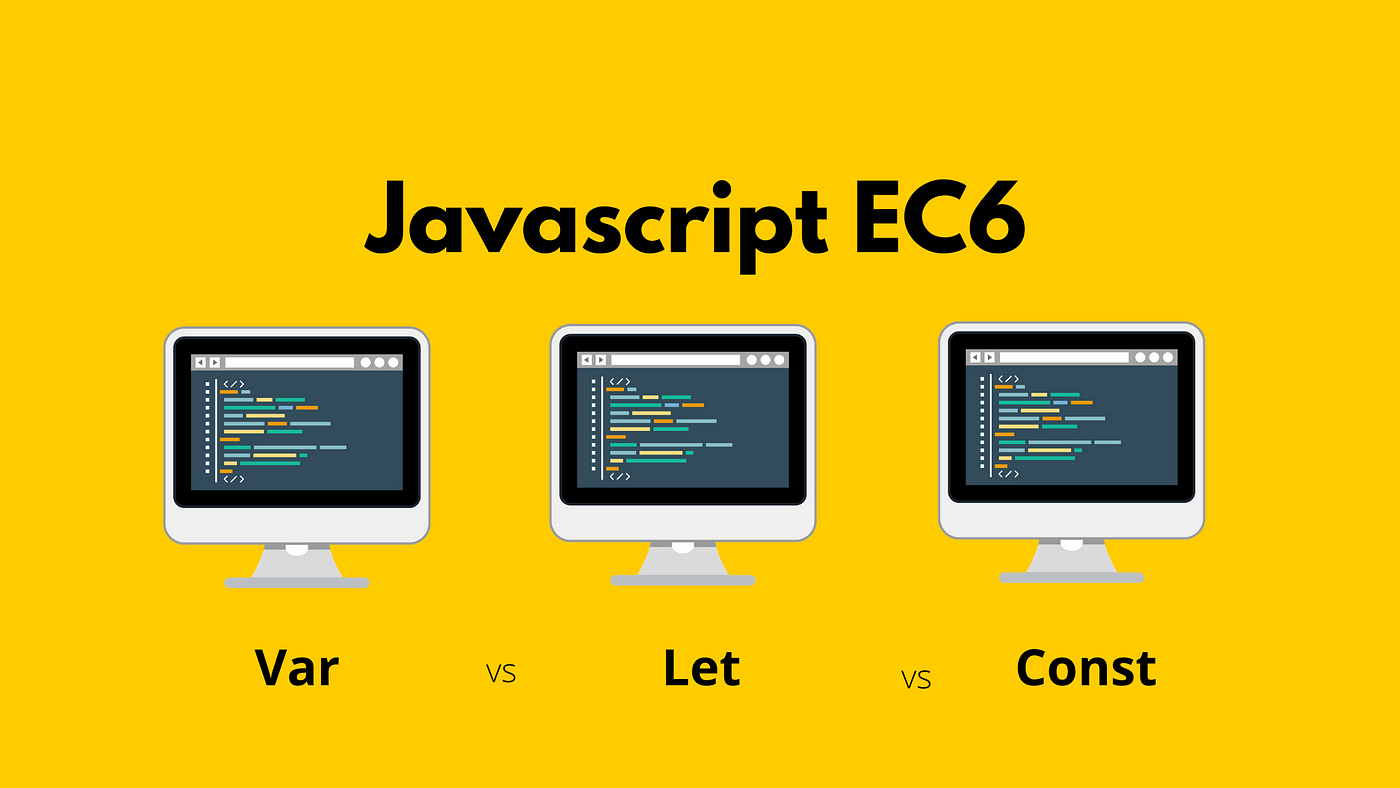Understanding JavaScript variables: var, let, and const
 Jeandre Melaria
Jeandre Melaria
JavaScript, the programming language that powers the dynamic content on the web, provides developers with various ways to declare variables. In this article, we'll delve into the differences between three commonly used keywords for variable declaration: var, let, and const. Understanding these distinctions is crucial for writing clean, maintainable, and bug-free code.
The Legacy Keyword
In the early days of JavaScript, var was the primary keyword used for variable declaration. However, it has some quirks that can lead to unexpected behavior. One of the main issues with var is that it has a function-level scope rather than a block-level scope. This means that a variable declared with var inside a block (such as a loop or an if statement) is accessible outside that block, potentially causing unintended side effects.
function exampleVar() {
if (true) {
var x = 10;
}
console.log(x); // Outputs 10, even though x was declared inside the if block
}
This lack of block-level scoping can lead to hard-to-debug issues and makes it less suitable for modern JavaScript development.
Block-Level Scoping
With the introduction of ES6 (ECMAScript 2015), the let keyword was introduced to address the scoping issues associated with var. Unlike var, let has block-level scope, meaning a variable declared with let is limited to the block, statement, or expression where it is defined.
function exampleLet() {
if (true) {
let y = 20;
}
console.log(y); // ReferenceError: y is not defined
}
This block-level scoping behavior reduces the risk of naming conflicts and unintended variable access, making code more predictable and maintainable.
Constants and Block-Level Scoping
Similar to let, const was also introduced in ES6. However, const comes with an additional feature – immutability. Variables declared with const cannot be reassigned after their initial assignment.
function exampleConst() {
const z = 30;
z = 40; // TypeError: Assignment to constant variable.
}
The immutability enforced by const makes it an excellent choice for declaring constants in your code. It also has a block-level scope, offering the same benefits as let in terms of predictability and maintainability.
Conclusion
In summary, understanding the differences between var, let, and const is crucial for writing robust and readable JavaScript code. var has fallen out of favor due to its function-level scope and potential for unexpected behavior. let and const, with their block-level scoping, provide a more controlled and predictable environment for variable declarations. Choose let when you need a mutable variable, and opt for const when you want to enforce immutability. These distinctions empower developers to write cleaner, safer, and more maintainable code in the ever-evolving landscape of JavaScript development.
Subscribe to my newsletter
Read articles from Jeandre Melaria directly inside your inbox. Subscribe to the newsletter, and don't miss out.
Written by

Jeandre Melaria
Jeandre Melaria
I'm UX/UI Developer from The Hague, working in web development. I enjoy turning complex problems into simple, beautiful, and intuitive designs.